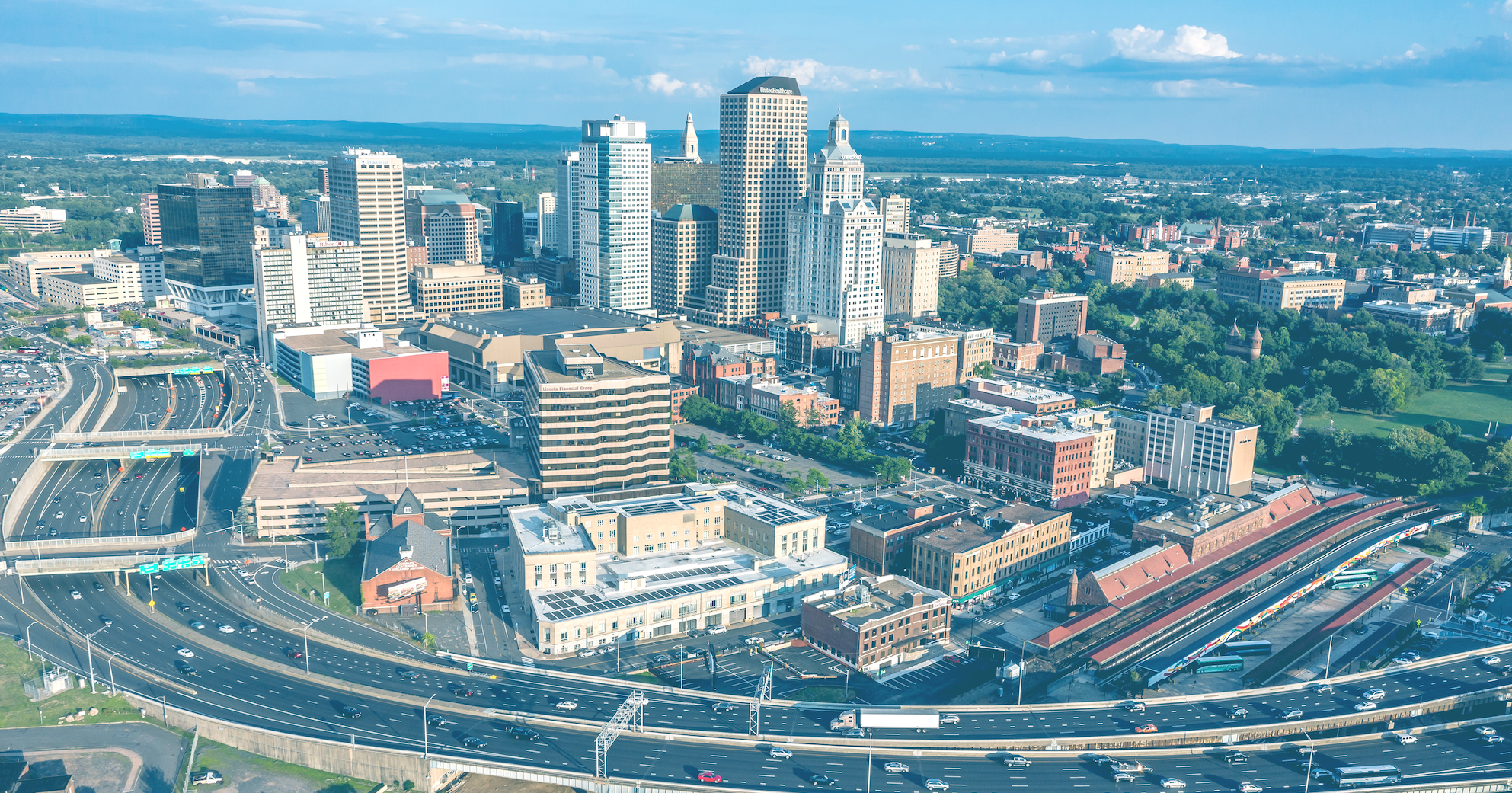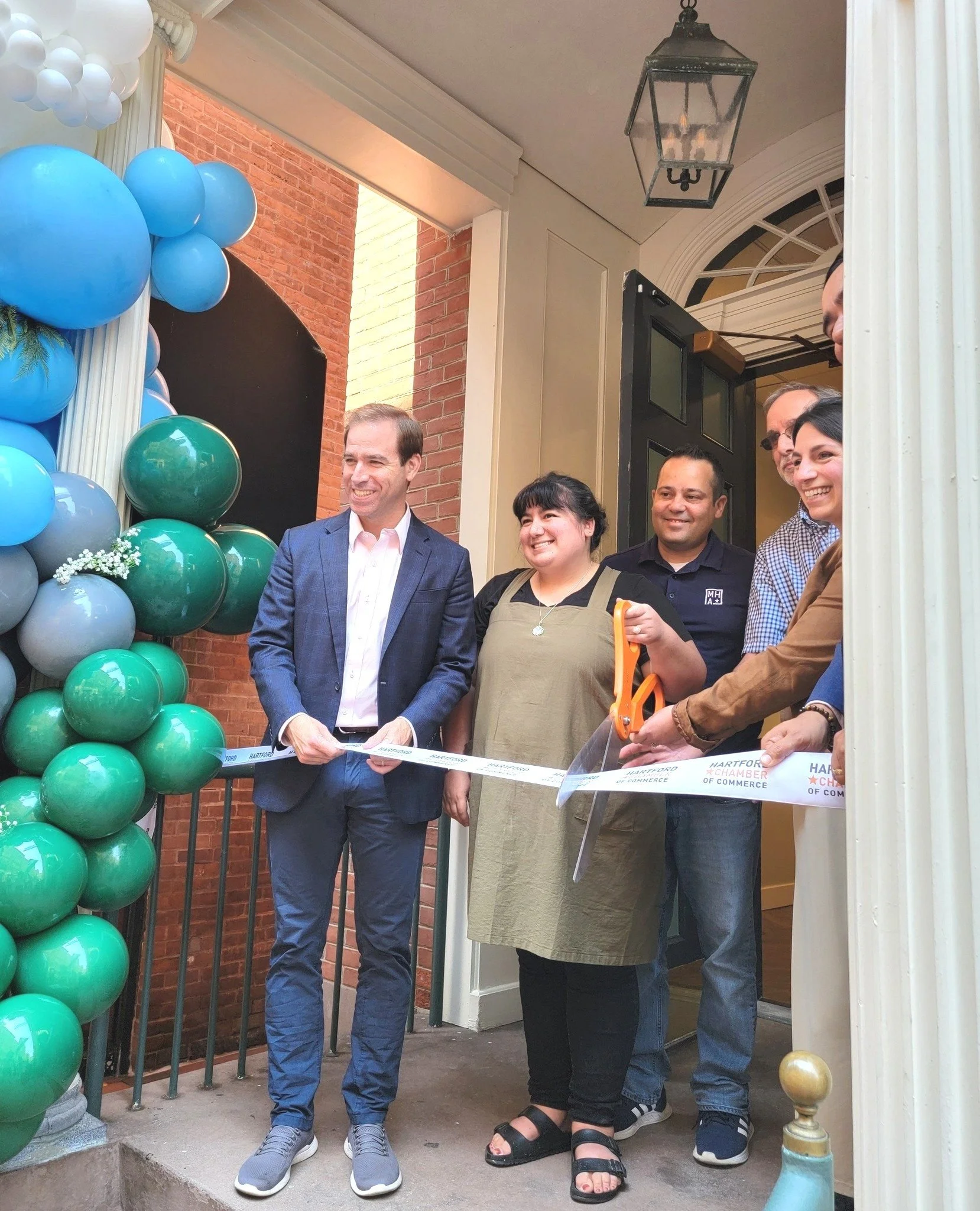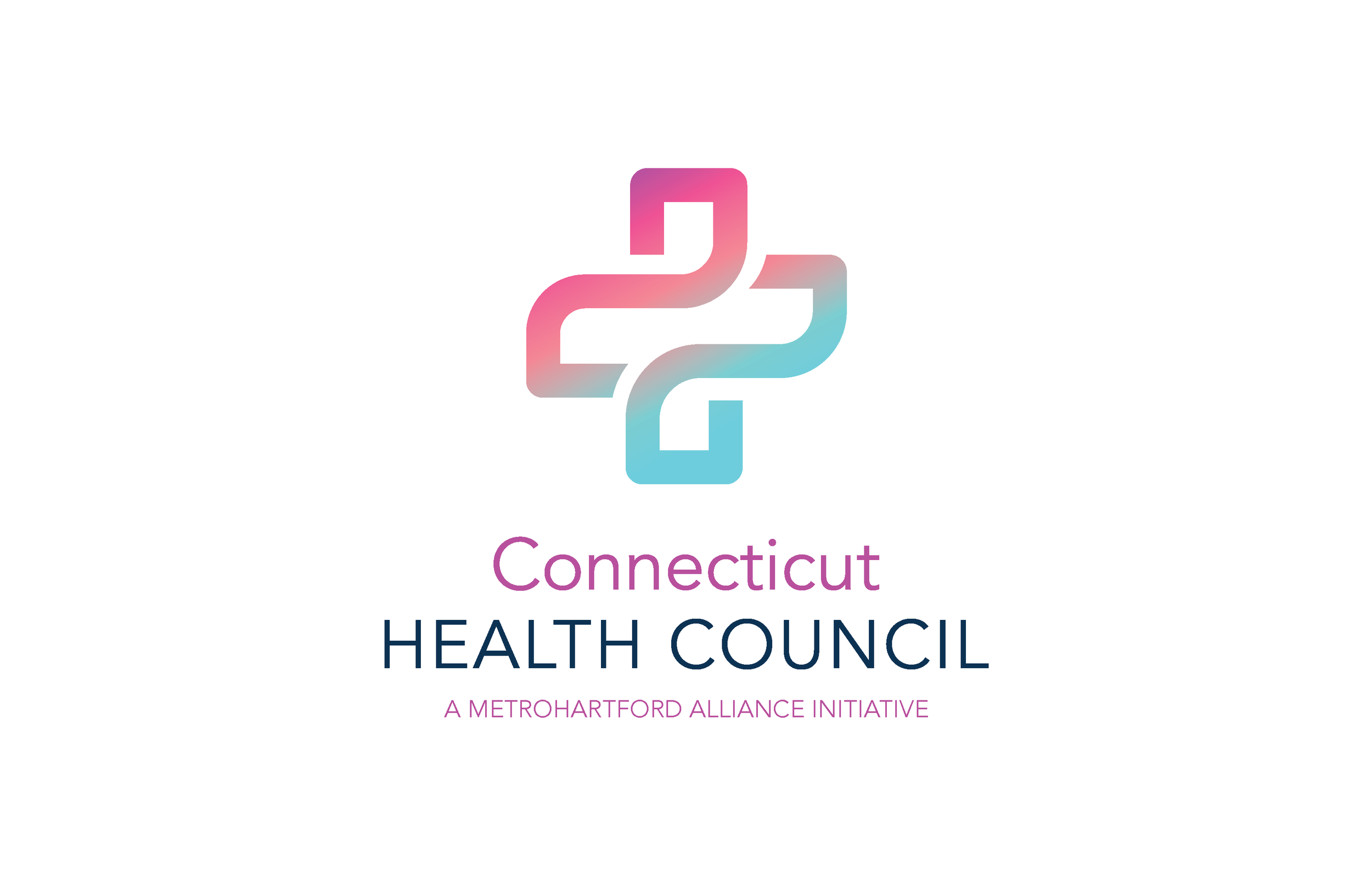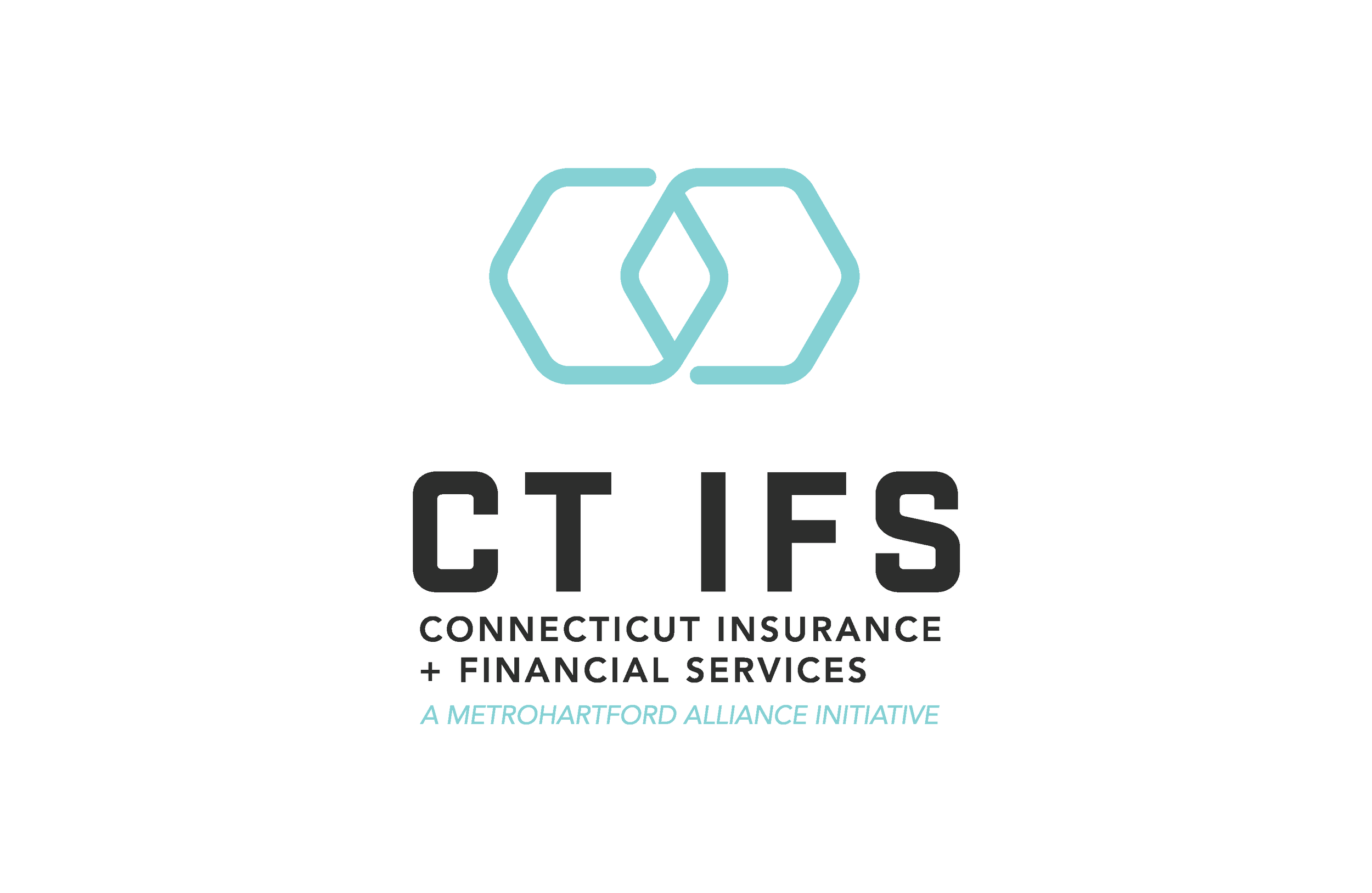
Elevating The Hartford Region Through Collaboration
Advancing Hartford's Economic Growth
The MetroHartford Alliance collaborates with investors and partners to elevate the Hartford Region through economic development work, convening the community around shared challenges, and providing local chamber support.
The Heart of the Northeast
We believe in
Hartford.
Our vibrant region, anchored by Hartford as the capital city, is where people and businesses thrive across Hartford, Middlesex, and Tolland counties. The MetroHartford Alliance shares the story of this dynamic area on a global stage, showcasing it as an exceptional place to build a business, industry, career, and future.
One Mission. A Network of Leaders.
Pure Initiative.
The MetroHartford Alliance strategic goals encompass multiple initiatives that focus on recruiting businesses to the Hartford Region, developing a dynamic urban core, attracting and retaining talent, and more.









